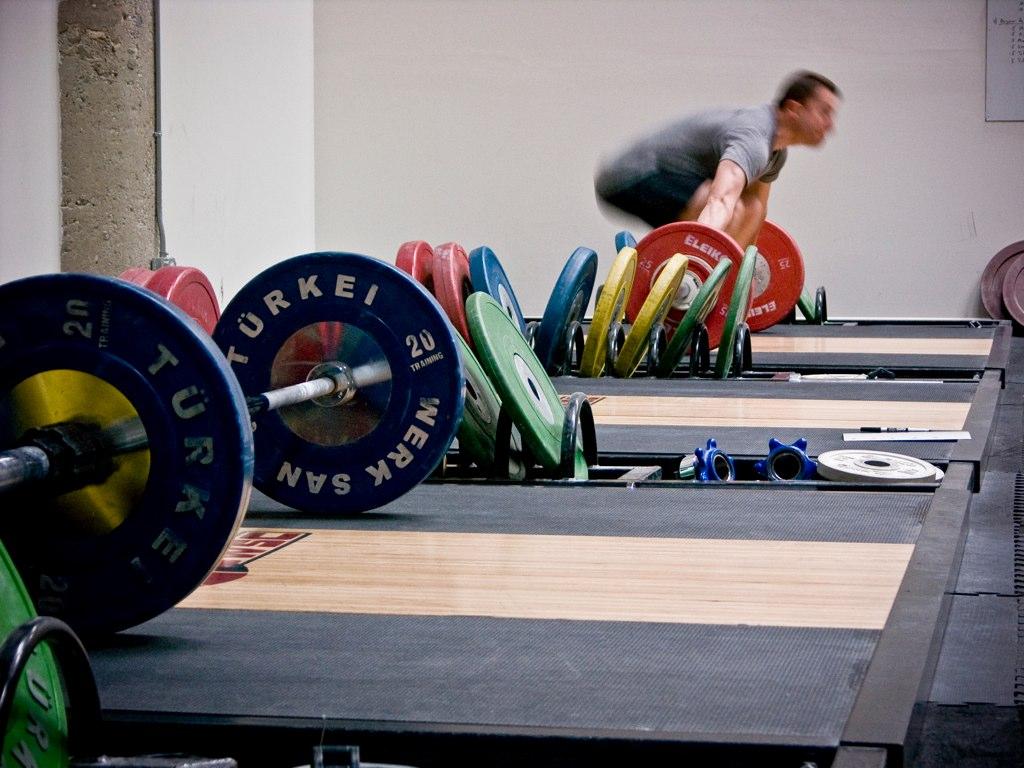Embarking on a weightlifting journey can be both exciting and intimidating. Whether you’re stepping into the gym for the first time or looking to refine your existing skills, mastering basic weightlifting techniques is essential for building strength, enhancing fitness, and preventing injury. This guide aims to support you every step of the way, offering clear, compassionate instruction tailored to beginners. We understand that starting something new can be daunting, but with patience and practice, you can develop a solid foundation that will empower you to achieve your fitness goals. Let’s dive into the essentials of weightlifting, focusing on form, technique, and safety, so you can lift with confidence and ease.
Understanding the Core Principles of Weightlifting
Weightlifting is more than just picking up heavy objects; it’s about understanding and implementing core principles that can enhance both performance and safety. At the heart of these principles lies the concept of progressive overload. This involves gradually increasing the amount of weight you lift to continuously challenge your muscles, leading to strength gains over time. Remember, the key is to incrementally increase your load to avoid injury and ensure steady progress.
Another essential principle is proper form and technique. Prioritize form over the amount of weight lifted. Proper technique not only maximizes effectiveness but also minimizes the risk of injury. Focus on maintaining a stable base, engaging your core, and moving through a full range of motion. Here are some tips to ensure proper form:
- Keep your back straight and avoid rounding your shoulders.
- Engage your core throughout each lift.
- Ensure your movements are controlled and deliberate.
Rest and recovery also play a pivotal role in weightlifting. Muscles need time to repair and grow stronger after workouts. Make sure to incorporate rest days into your routine and get adequate sleep to support recovery. Here’s a simple breakdown of how rest can be integrated into your weekly schedule:
| Day | Activity |
|---|---|
| Monday | Upper Body Workout |
| Tuesday | Rest or Light Cardio |
| Wednesday | Lower Body Workout |
| Thursday | Rest or Yoga |
| Friday | Full Body Workout |
| Saturday | Rest or Active Recovery |
| Sunday | Rest |

Perfecting Your Form for Maximum Safety and Efficiency
Achieving the perfect form in weightlifting is essential not only for maximizing your gains but also for ensuring your safety. Good form reduces the risk of injury and enhances the effectiveness of each exercise. Here are some key pointers to keep in mind:
- Alignment: Always maintain a neutral spine to avoid unnecessary strain on your back. This involves keeping your head, neck, and back in a straight line.
- Breathing: Inhale deeply before lifting, and exhale during the exertion phase. Proper breathing helps stabilize your core and supports heavier lifts.
- Controlled Movements: Avoid using momentum. Instead, focus on slow, controlled lifts to engage the muscles effectively.
- Foot Placement: Your feet should be shoulder-width apart for most exercises to provide a stable base.
Here’s a simple guide to common weightlifting exercises and their correct form:
| Exercise | Key Focus | Common Mistake |
|---|---|---|
| Squat | Keep knees behind toes | Leaning forward excessively |
| Deadlift | Hinge at hips, not waist | Rounding the back |
| Bench Press | Elbows at 45 degrees | Bouncing bar off chest |
Remember, consistency in practicing the right techniques is your path to mastering weightlifting. Listen to your body, and if something feels off, don’t hesitate to adjust your form or seek guidance from a professional trainer. Your health and safety should always come first.

Choosing the Right Equipment to Support Your Journey
Embarking on your weightlifting journey requires more than just enthusiasm; having the right equipment is crucial to your success and safety. Investing in quality gear can enhance your performance and prevent injuries. Here are some essentials you might consider:
- Weightlifting Shoes: These provide stability and improve your posture, ensuring your feet are well-grounded.
- Barbell and Plates: A good barbell is essential for most lifts. Opt for Olympic barbells for versatility and durability.
- Weightlifting Belt: Offers support to your lower back, especially when lifting heavier weights.
- Wrist Wraps and Straps: Help protect your wrists and improve your grip strength, respectively.
When selecting your equipment, it’s essential to consider the balance between quality and budget. Below is a simple guide to help you make informed decisions:
| Equipment | Recommended Features | Budget Range |
|---|---|---|
| Weightlifting Shoes | Non-slip sole, ankle support | $50 – $150 |
| Barbell | Knurled grip, durable steel | $100 – $300 |
| Weightlifting Belt | Adjustable, sturdy buckle | $20 – $100 |

Creating a Personalized Training Routine for Consistent Progress
Embarking on a weightlifting journey can be as exhilarating as it is challenging. To ensure consistent progress, it’s crucial to tailor your training routine to fit your personal goals, body type, and lifestyle. Here are some key elements to consider when crafting your personalized plan:
- Assess Your Starting Point: Understanding your current fitness level is vital. Take note of your strengths and weaknesses, and don’t shy away from seeking professional guidance if needed.
- Set Clear, Achievable Goals: Whether you’re aiming to increase strength, improve form, or build muscle, having specific goals will help you stay focused and motivated.
- Balance Your Routine: Ensure your plan includes a mix of compound and isolation exercises. This balance helps in targeting multiple muscle groups effectively.
Consistency is key, but so is adaptability. As you progress, your routine should evolve to reflect your growing strength and skills. Here’s a sample framework to help you get started:
| Day | Focus | Example Exercises |
|---|---|---|
| Monday | Upper Body | Bench Press, Bent-over Rows |
| Wednesday | Lower Body | Squats, Deadlifts |
| Friday | Core & Flexibility | Planks, Yoga |
Remember, the journey to mastering weightlifting techniques is a marathon, not a sprint. Celebrate small victories and stay patient with your progress. Your personalized routine is not just a plan; it’s a commitment to your growth and well-being.








































